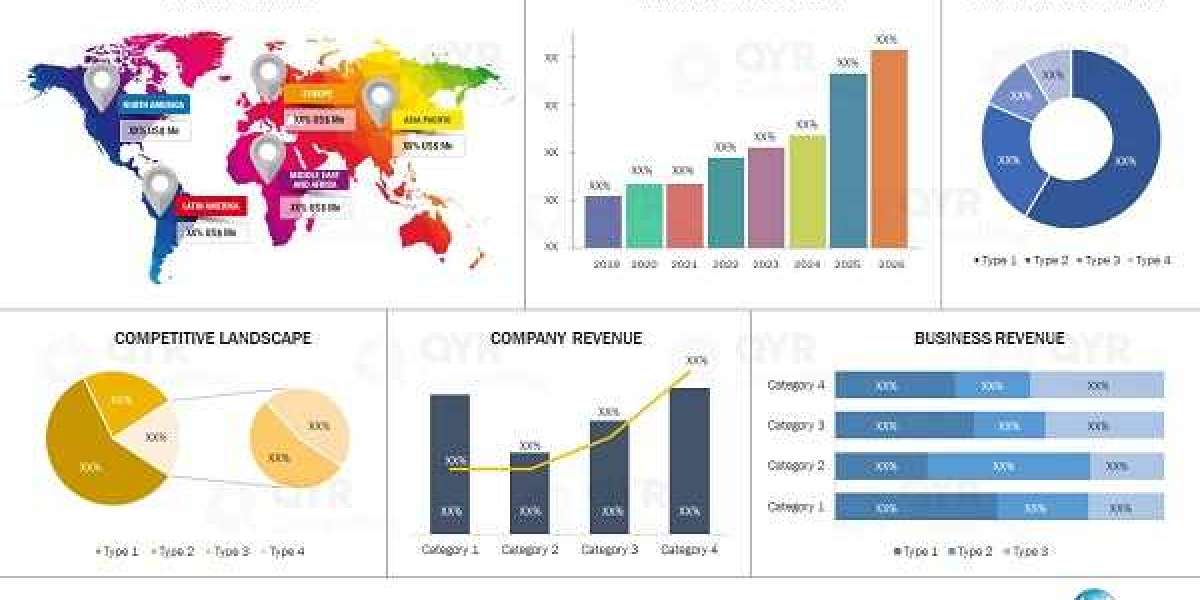In a city known for setting global beauty standards, PRP Treatment in Dubai has taken center stage as one of the most effective and natural solutions for both skin and hair rejuvenation. From top models to everyday professionals, thousands are turning to PRP Therapy Dubai to restore youthful skin, regenerate thinning hair, and boost confidence — all without surgery or synthetic chemicals.
If you're considering Platelet Rich Plasma Treatment Dubai, this guide will walk you through everything you need to know: the science, the benefits, the pricing, and why it's offered only at the most reputable clinics, including the Best Aesthetic Clinic in Dubai and other
What is PRP Treatment?
PRP, short for Platelet-Rich Plasma, is a form of regenerative therapy derived from your own blood. Rich in growth factors, PRP accelerates Best Doctors in Dubai tissue repair and collagen production when reinjected into targeted areas of the skin or scalp.
The process involves:
- Drawing a small amount of your blood
- Spinning it in a centrifuge to separate the plasma
- Injecting or microneedling the plasma back into the skin or scalp
When performed by PRP specialists Dubai and Experienced PRP doctors Dubai, this procedure is remarkably safe, minimally invasive, and highly effective.
Benefits of PRP for Skin Hair
For Skin Rejuvenation
- Stimulates collagen production
- Reduces fine lines and wrinkles
- Improves skin tone and texture
- Diminishes acne scars and pigmentation
- Delivers radiant, youthful skin
This is known as PRP Skin Rejuvenation Dubai, often enhanced with microneedling or laser treatments.
For Hair Restoration
- Strengthens hair follicles
- Increases hair density
- Prevents further hair loss
- Reverses early-stage thinning
Known as PRP Hair Treatment Dubai, it’s especially effective for androgenetic alopecia and postpartum hair thinning.
Celebrity-Approved: The Vampire Facial
Made famous by Hollywood stars, the Vampire Facial Dubai is a top-tier facial that uses PRP combined with microneedling. It improves skin clarity, tightens pores, and gives a dewy glow that’s often called “camera-ready.”
Offered exclusively at this facial is a favorite among influencers, actors, and even royalty who demand visible results with no downtime.
My Experience at the Best Aesthetic Clinic in Dubai
After months of researching “Top PRP clinics in Dubai,” I finally booked a consultation at what’s widely known as the Best Aesthetic Clinic in Dubai. Here's what happened:
Consultation with Experts
I met with one of the Best PRP Doctors in Dubai, who reviewed my skin and hair condition using high-tech diagnostic imaging. They explained how PRP Facial Treatment Dubai and PRP Hair Loss Treatment Dubai could be customized for my concerns.
Best of all, they answered the question most people Google: “How much is PRP in Dubai?”
PRP Facial Treatment
The facial began with a gentle PRP Treatment in dubai cleanse, followed by microneedling. Then came the star of the session — the golden PRP serum. Injected with precision (PRP Injection Dubai), it targeted the cheeks, under-eye hollows, and fine lines.
My skin was mildly red for 24 hours, but within days, I saw noticeable brightness and smoother texture.
PRP for Hair Growth
In my next visit, we began PRP for Hair Growth Dubai. The procedure was quick: blood draw, plasma prep, then tiny injections into the scalp’s thinning areas. It was surprisingly painless and performed by a licensed Platelet rich plasma expert Dubai.
After just three sessions, I noticed less hair shedding and fine baby hairs growing at my temples.
Why Choose PRP Over Other Treatments?
Unlike synthetic fillers or aggressive peels, PRP is:
- 100% natural (from your own body)
- Safe and FDA-cleared
- Minimal in downtime
- Proven in clinical studies
It’s ideal for people who want a glow-up or hair regrowth without chemicals or surgery. That's why Experienced PRP doctors Dubai and favor it for long-term, sustainable results.
How to Choose the Best PRP Clinic in Dubai
Not all clinics are equal when it comes to PRP. Look for the following:
- PRP specialists Dubai with global certifications
- Clinics with proven results and before/after photos
- Medical-grade centrifuges and sterile environments
- Staffed by Experienced PRP doctors Dubai
- Listed among Top PRP clinics in Dubai
Reputable clinics will guide you PRP Treatment Cost in dubai through realistic expectations and customize the plan based on your skin or hair condition.
FAQs About PRP in Dubai
Q1: How many sessions do I need?
A: Most patients need 3–4 sessions spaced 4–6 weeks apart for best results. Maintenance every 6 months is ideal.
Q2: Is PRP painful?
A: Minimal. A numbing cream is applied, and expert injection technique ensures comfort.
Q3: Can PRP treat deep wrinkles or severe hair loss?
A: PRP works best for mild to moderate aging and early-stage hair thinning. For advanced cases, it may be combined with other treatments.
Q4: Is PRP safe for all skin types?
A: Yes. Because it’s derived from your own blood, it carries no risk of allergic reaction and is safe for all skin tones.
Q5: What’s the downtime for Vampire Facial?
A: Redness and sensitivity may last up to 48 hours. Most patients resume normal activities the next day.
Q6: What is the difference between PRP and PRF?
A: PRF (Platelet-Rich Fibrin) is a newer, slower-release version of PRP. Both are available at advanced clinics.
Q7: Who is the best PRP doctor in Dubai?
A: Look for clinics known for having best PRP Doctor in Dubai, often featured in with top reviews and international training.
Final Thoughts: Is PRP Worth It?
If you’re tired of filters, cover-ups, and products that don’t deliver, it’s time to explore PRP Treatment in Dubai. This natural, clinically proven therapy stimulates your body’s healing process—delivering radiant skin, reduced wrinkles, and stronger hair from the inside out.
With expert care from Platelet rich plasma experts Dubai and support from the most luxurious, science-based clinics in the region, you can achieve results that last. Whether you're investing in PRP Facial Treatment Dubai, looking to reverse hair thinning with PRP Hair Loss Treatment Dubai, or seeking the coveted Vampire Facial Dubai, one thing is clear: Dubai is home to some of the world’s leading experts in regenerative beauty.











